It’s a shit-show of a week on my end this week.
For starters I’m involved with a pretty cool product – The Trainers Toolbox – that’s set to be released next week that’s going to set the fitness industry on fire. I won’t give away too much here, but suffice it to say it’s going to help a lot of fitness professionals.[footnote]And likely win everyone involved a Nobel Prize for kicking ass and taking names. It’s a thing. Trust me.[/footnote]
Second, we’ve had a cranky toddler on our hands all week this week (wake-up call of 4:30 this morning as a matter of fact), so, basically, FML.
Hence I haven’t had much time to write for my own site this week. Thankfully I have some awesome contributors – like Dr. Nicholas Licameli – who are more than willing to send me articles out of the blue and make me want to buy them a steak dinner.
Enjoy.

There are some things that you just don’t hear everyday”
-“Who keeps eating all of the kale!?!?”
-“Of course I understand why my cable bill is $37.97 more this month than it has been in the past 15 months.”
-“I hope I get placed in Ravenclaw or Hufflepuff…please, Ravenclaw or Hufflepuff…”
-“Let’s talk about Fight Club.”
-“A strong core? No thanks, not interested.”
There seems to be a slight stigma surrounding training the abs and core while lying down because, as some say, there are “better” and more “functional” ways to train.

While this may have some truth to it, I don’t mind training the abs and core on the ground. Whether or not something is “functional” really depends on the individual and his/her goals (is a standard plank really “functional?”).
In order to have functional carryover to the task at hand, the training must be specific to the activity (more on this below).
This means that “functional” will be different for everyone.
If you’re a weight lifter or powerlifter, “functional” core strengthening may include tempo reps, pause reps with postural bracing, breathing drills under sub-maximal loads, etc.
If you’re a baseball player (check out Mike Reinold and Eric Cressey, if you haven’t done so already), “functional” core strengthening may include plyometric twists, anti-rotation movements, quick accelerations and directional changes, etc. The point here is that “functional” is different for everyone and if the goal is simply to progressively load and train the abdominals, don’t fear the floor.
Today I’d like to share with you an exercise that I call the lying overhead pullover (LOP) (see the video link at the end of this article). I think I invented this exercise, however Chuck Norris and Total Gym do have a variation of it in their manual and let’s be honest, I do not want to get on the bad side of a man who once challenged Lance Armstrong to a “Who has more testicles” contest and won by five.
Other than the Total Gym variation, I have not seen it anywhere else.
How To Do It
Before we dive into how to perform the LOP, let’s have a quick review on what it means to “brace the core:”
“From the top down, we have the diaphragm, from the bottom up we have the pelvic floor, and around the sides we have the deep abdominals that surround the midsection like a corset. To engage the diaphragm, take a breath in through the nose and brace. To engage the pelvic floor, pull up as if holding in gas or urine. To engage the deep abdominals, tighten up the midsection as if putting on a tight belt after Thanksgiving dinner or walking into a cold pool as the water drifts up to your navel.”
It is imperative that you understand how to perform a pelvic tilt and properly brace the core…the entire exercise depends on it.
For more on this, check out my videos right here and here (these are from the archives, so bear with me…but the content is still relevant!).
To perform the LOP, lie on your back in front of a low cable station or a low anchored resistance band. Bend the knees and perform a posterior pelvic tilt by pressing the small of your back down into the floor. Reach overhead and grab the rope or band. Maintaining the pelvic tilt, bracing the core, and keeping the arms straight, pull the rope down toward your knees.
Squeeze the abs for a count, and slowly return to the start position.
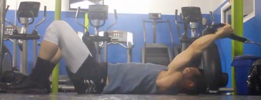
Progressions and Regressions
As with any exercise worth writing about, it must have the ability to be modified to better meet individual needs such as level of experience, pain, personal preference, etc. It may seem intuitive that decreasing or increasing the resistance would make this exercise easier or harder to perform, however how changing the range of motion affects the difficulty of the exercise may be less intuitive.
The LOP is an anti-extension exercise, which means it challenges primarily the anterior abdominals to resist spinal extension.
During this exercise, the spine and pelvis collectively become a fulcrum and our arms and legs become levers. The lever arm and extension moment increase simply by stretching out a leg or stretching the arms overhead. As the lever arm increases, it becomes more challenging to prevent the spine from arching off the ground into extension.
By maintaining that pelvic tilt, we are resisting extension.

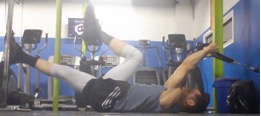
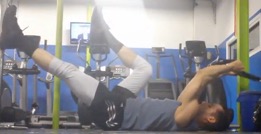
Looking for a nasty little extended set to take past failure?
Start with the most difficult position and regress in a stepwise fashion to easier versions as muscle failure is reached, again and again.
Another simple way to alter the range of motion would be to add a small crunch to the mix.
This would allow us to not only resist extension, but also overcome it with slight flexion. Be sure to crunch up almost into a 45-degree diagonal as opposed to down toward the feet or straight up toward the ceiling. This will ensure proper tension and alignment with the line of pull and resistance curve of the exercise.

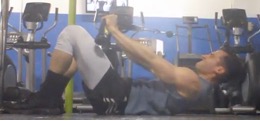
Why I Like the LOP
There is one very important function of the abs that is often overlooked, and that is resisting movement. Sure, everyone knows that the abs flex, side bend, and rotate/twist the spine, but besides causing movement, the abs collectively function to resist movement and stabilize the spinal column.
The LOP challenges that function nicely.
Another reason why I like it is that the LOP trains lumbo-pelvic stability during upper and lower extremity movement.
Why is that important?
In order to perform pretty much any sport, exercise, or functional task, the spine has to provide a stable base for the extremities to move about, otherwise it would be like vertical jumping on sand or firing a bazooka off of a kayak (why you’d have a bazooka on a kayak is beyond me…).
I am not saying that performing the LOP will directly increase power output and safety during running, cutting, kicking, punching, squatting, overhead pressing, etc.
Nope. Sorry, but the principle of specificity still reigns supreme.
If you want to improve your 40 time, better get sprinting! If you want to improve power output when kicking a soccer ball, better get out on that field and kick! If you want to improve your squat, better read this article and of course…squat!
What I am saying is that the LOP is a great way to feel, get accustomed to, and train spinal stability with extremity movement, which is foundational to all of those previously mentioned tasks.
And That’s That (LOP in Action)
So be sure to give the lying overhead pullover a shot. Depending on how it is done, the LOP can be used as a top down ab movement, a bottom up ab movement, or a core stability movement. Feel free to experiment and find what works best for you and your goals.
Enjoy!
About the Author
 Nicholas M. Licameli, PT, DPT
Nicholas M. Licameli, PT, DPT
Doctor of Physical Therapy / Pro Natural Bodybuilder
Nick believes in giving himself to others in an attempt to make the world a happier, healthier, and more loving place. He wants to give people the power to change their lives in hopes to leave this place better because he was here. Bodybuilding and physical therapy just act as mediums for carrying out that cause. Love. Passion. Respect. Humility. Never an expert. Always a student. Love your journey.
Youtube: HERE
Instagram: HERE
Facebook: HERE


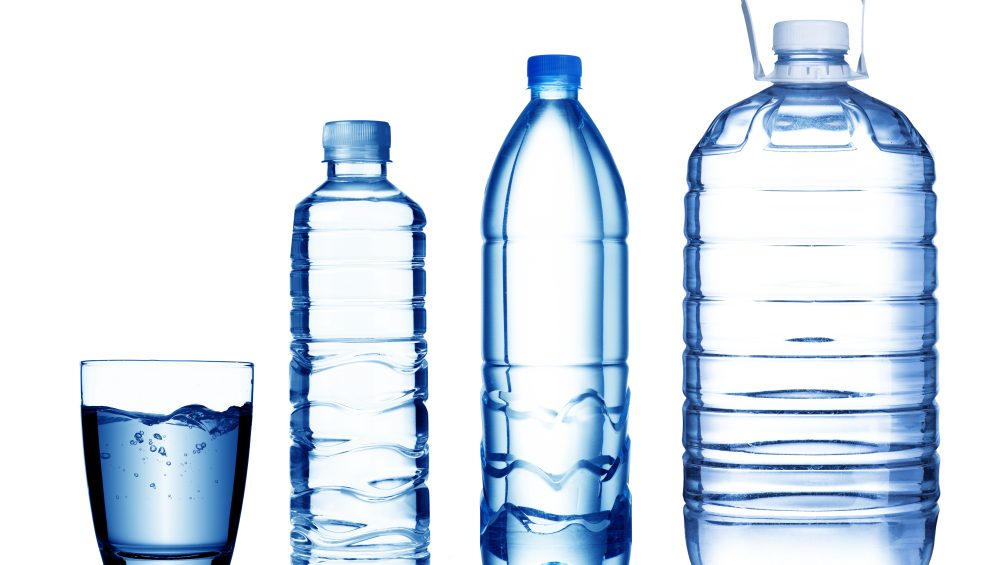
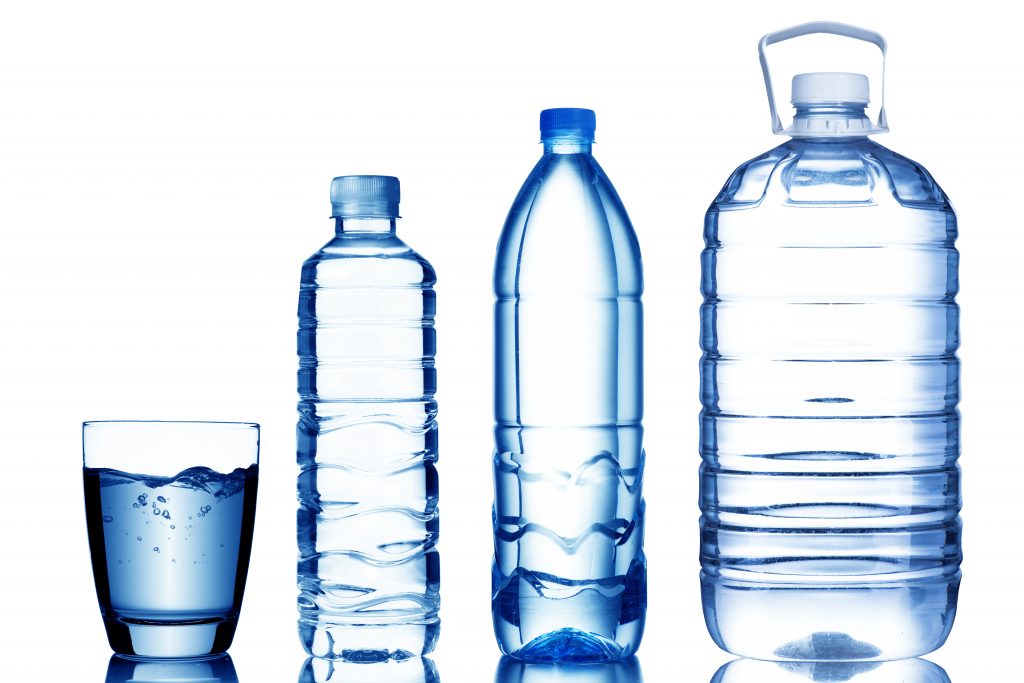
 Nicholas M. Licameli, PT, DPT
Nicholas M. Licameli, PT, DPT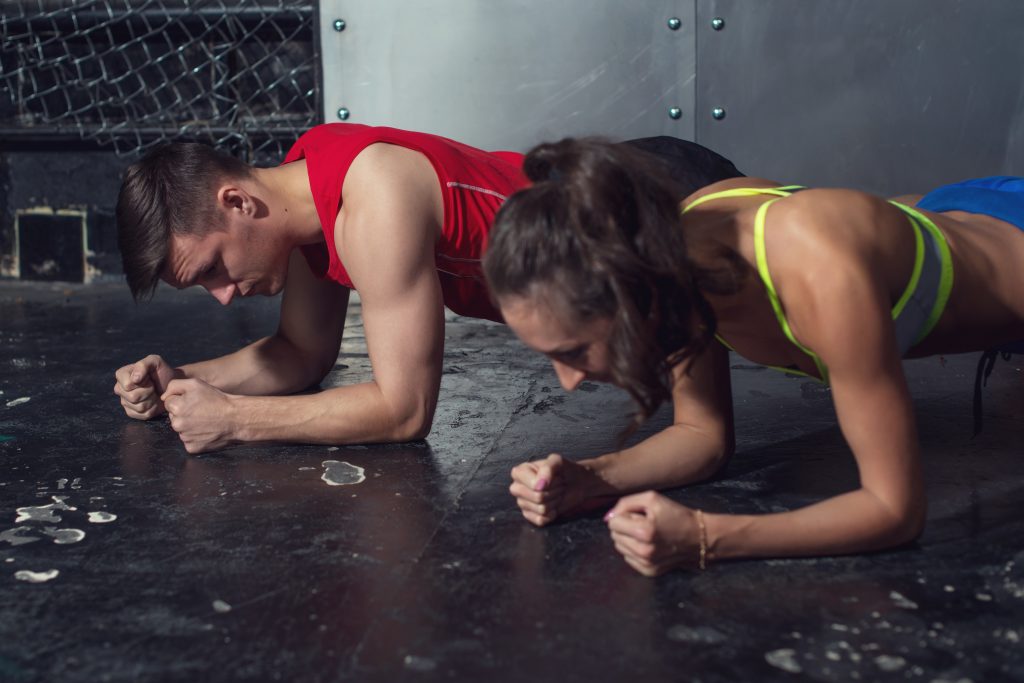


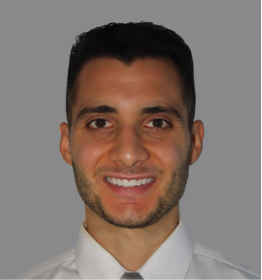 Nicholas M. Licameli, PT, DPT
Nicholas M. Licameli, PT, DPT
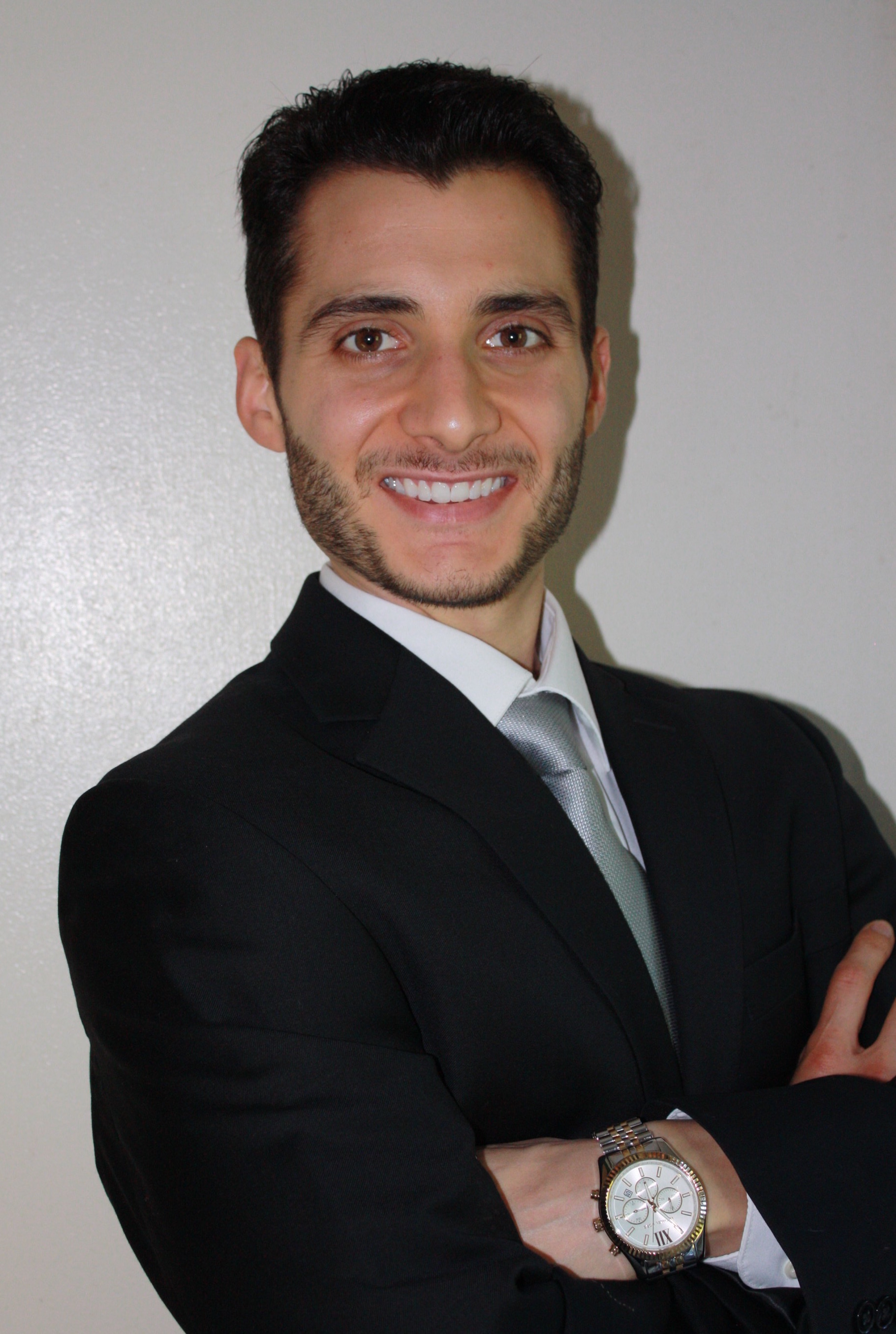 Nicholas M. Licameli
Nicholas M. Licameli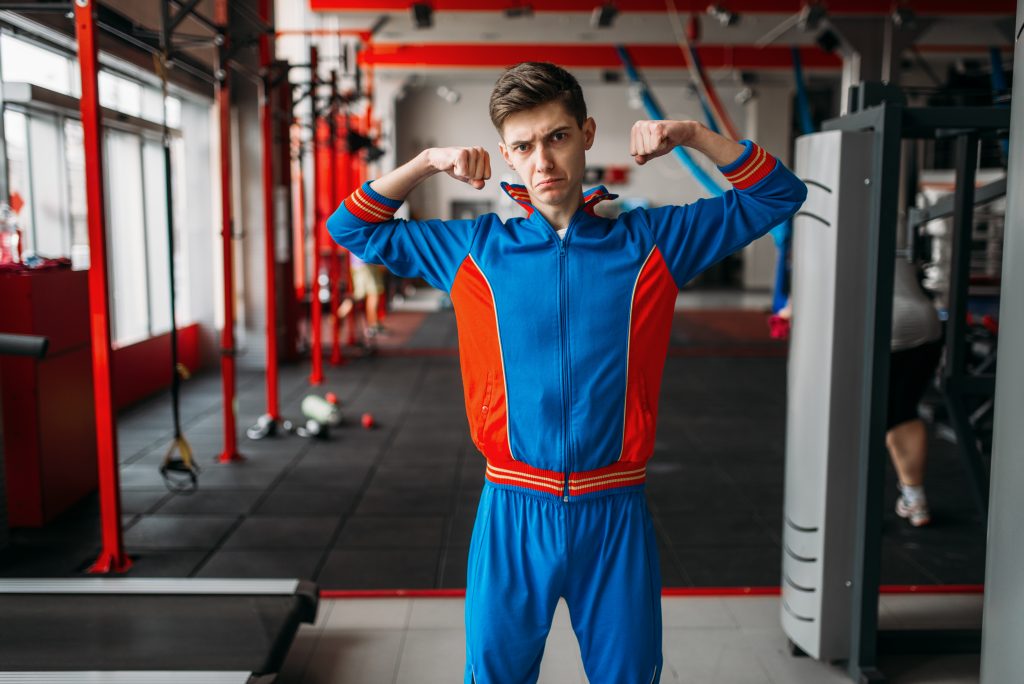
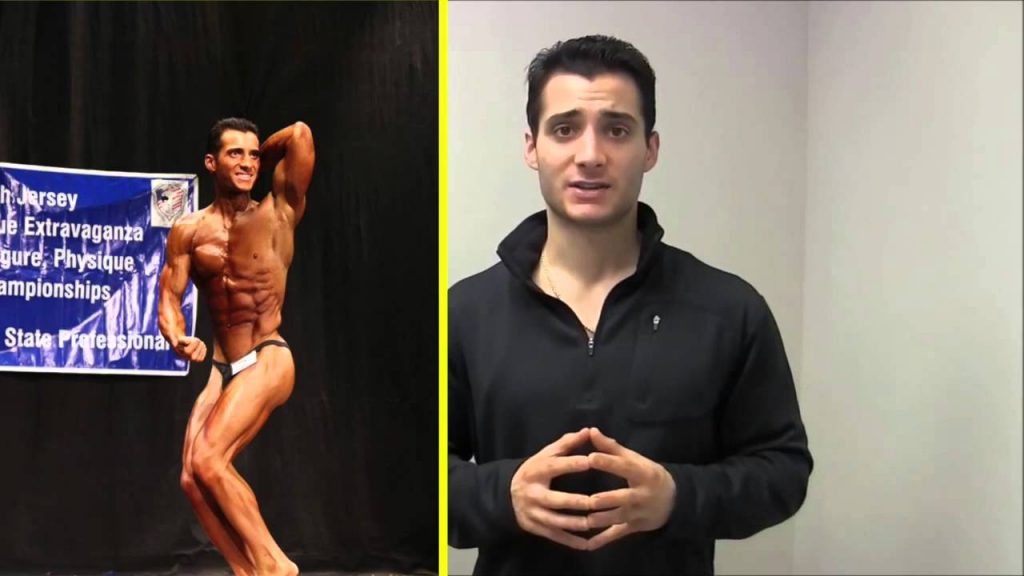
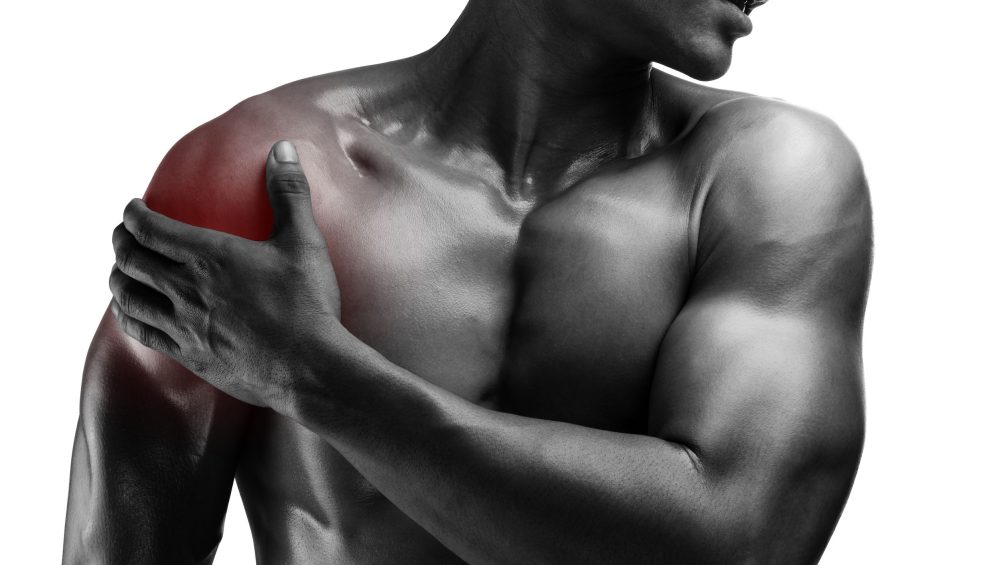

 Nicholas M. Licameli
Nicholas M. Licameli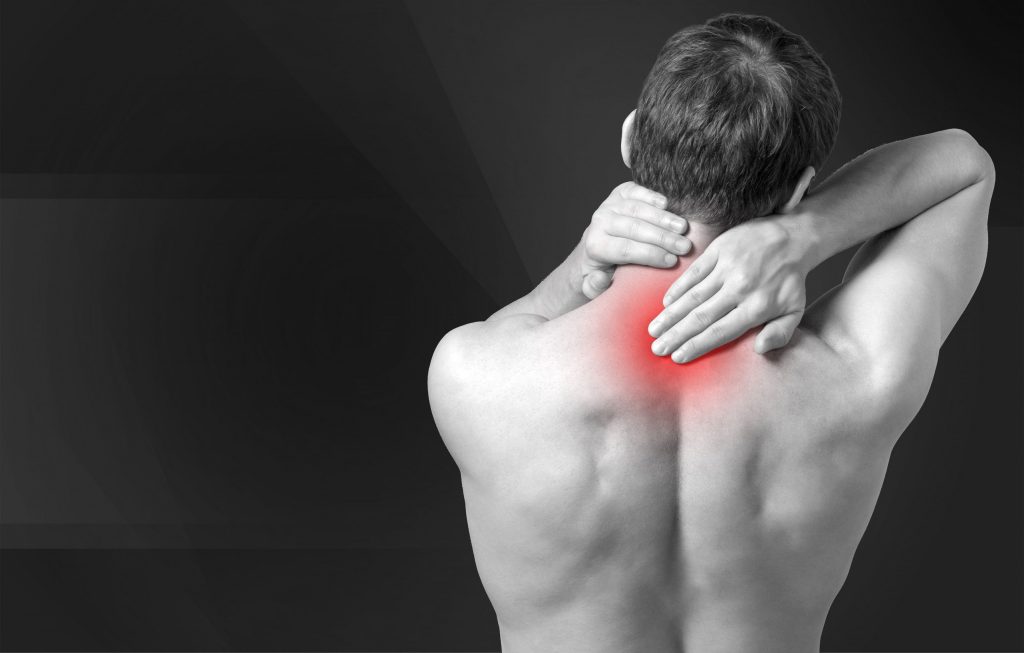
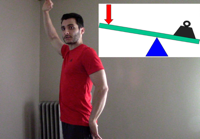
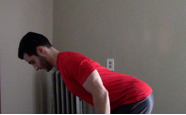

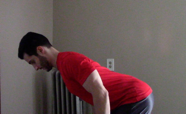
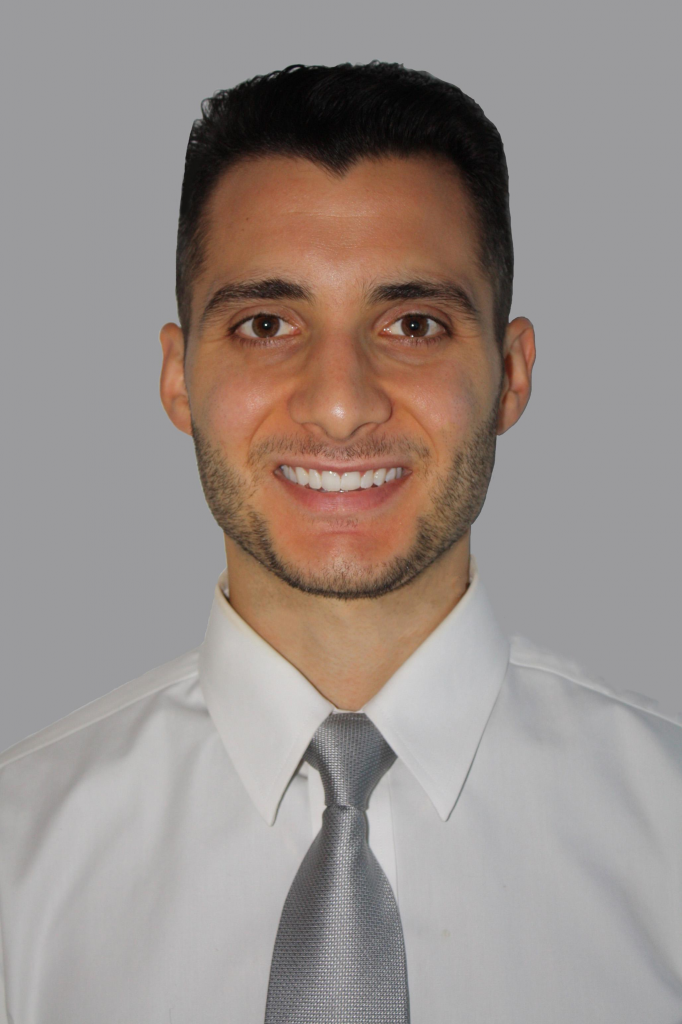 the world a happier, healthier, and more loving place. He wants to give people the power to change their lives. Bodybuilding and physical therapy serve as ways to carry out that cause. His knowledge of sport and exercise biomechanics, movement quality, and the practical application of research combined with personal experience in bodybuilding and nutrition allows him to help people in truly unique ways. Love. Passion. Respect. Humility. Never an expert. Always a student. Love your journey.
the world a happier, healthier, and more loving place. He wants to give people the power to change their lives. Bodybuilding and physical therapy serve as ways to carry out that cause. His knowledge of sport and exercise biomechanics, movement quality, and the practical application of research combined with personal experience in bodybuilding and nutrition allows him to help people in truly unique ways. Love. Passion. Respect. Humility. Never an expert. Always a student. Love your journey.
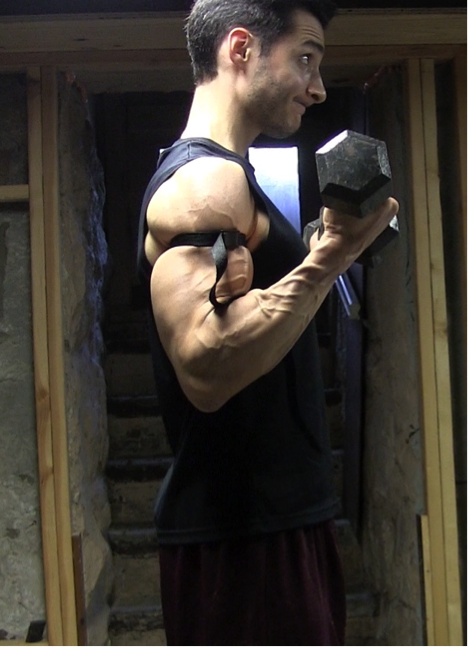

 Dr. Nicholas M. Licameli, PT, DPT
Dr. Nicholas M. Licameli, PT, DPT

